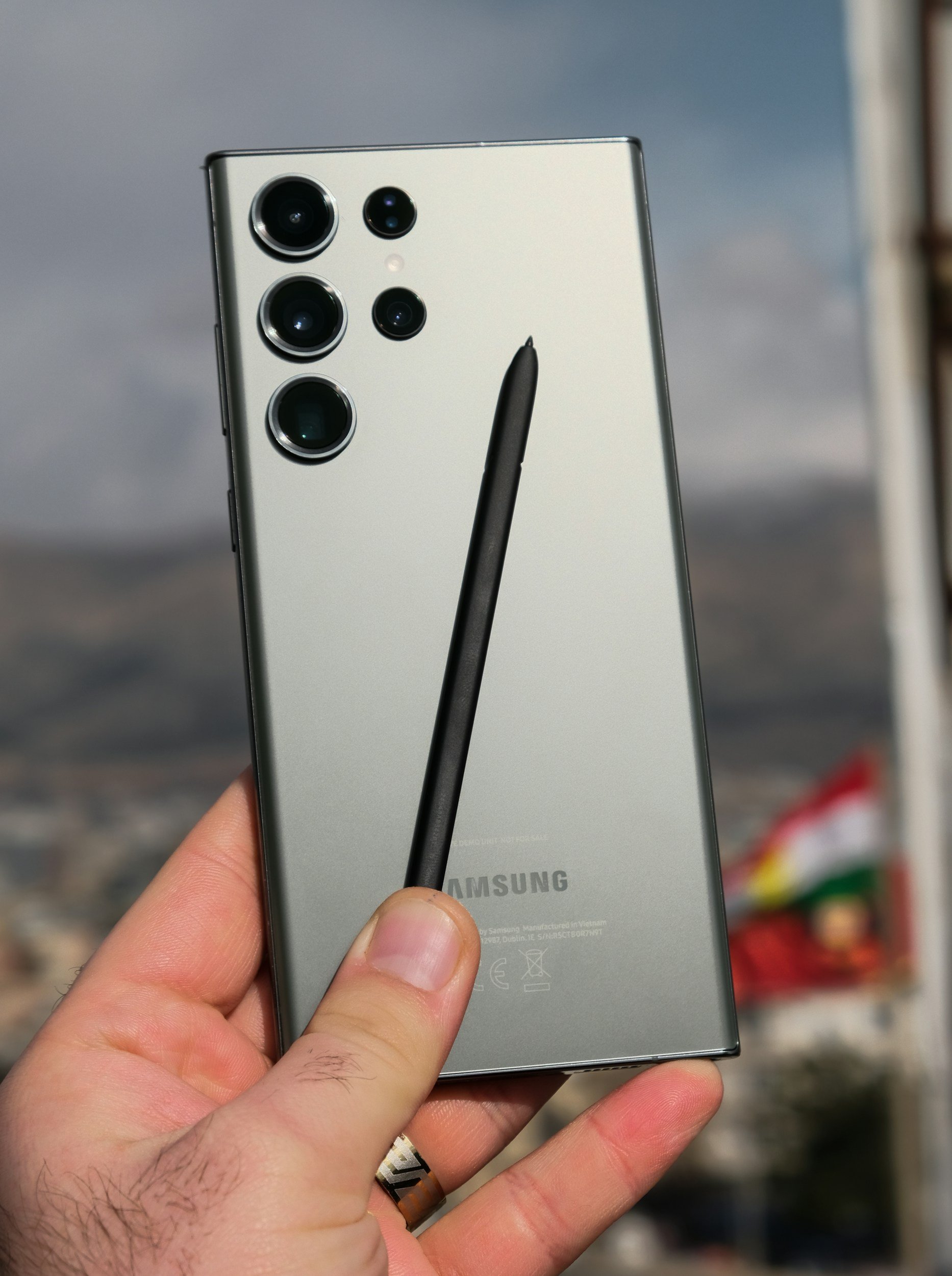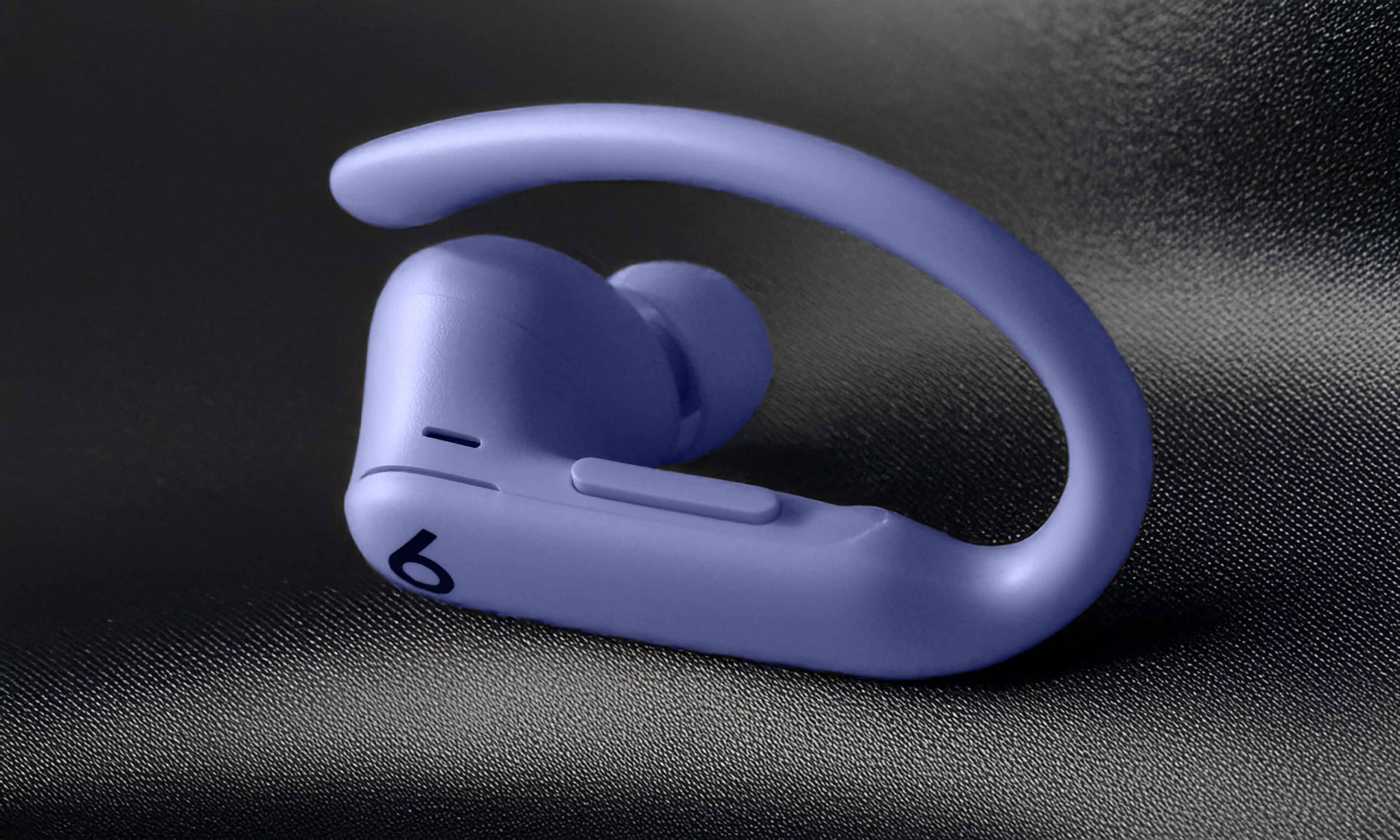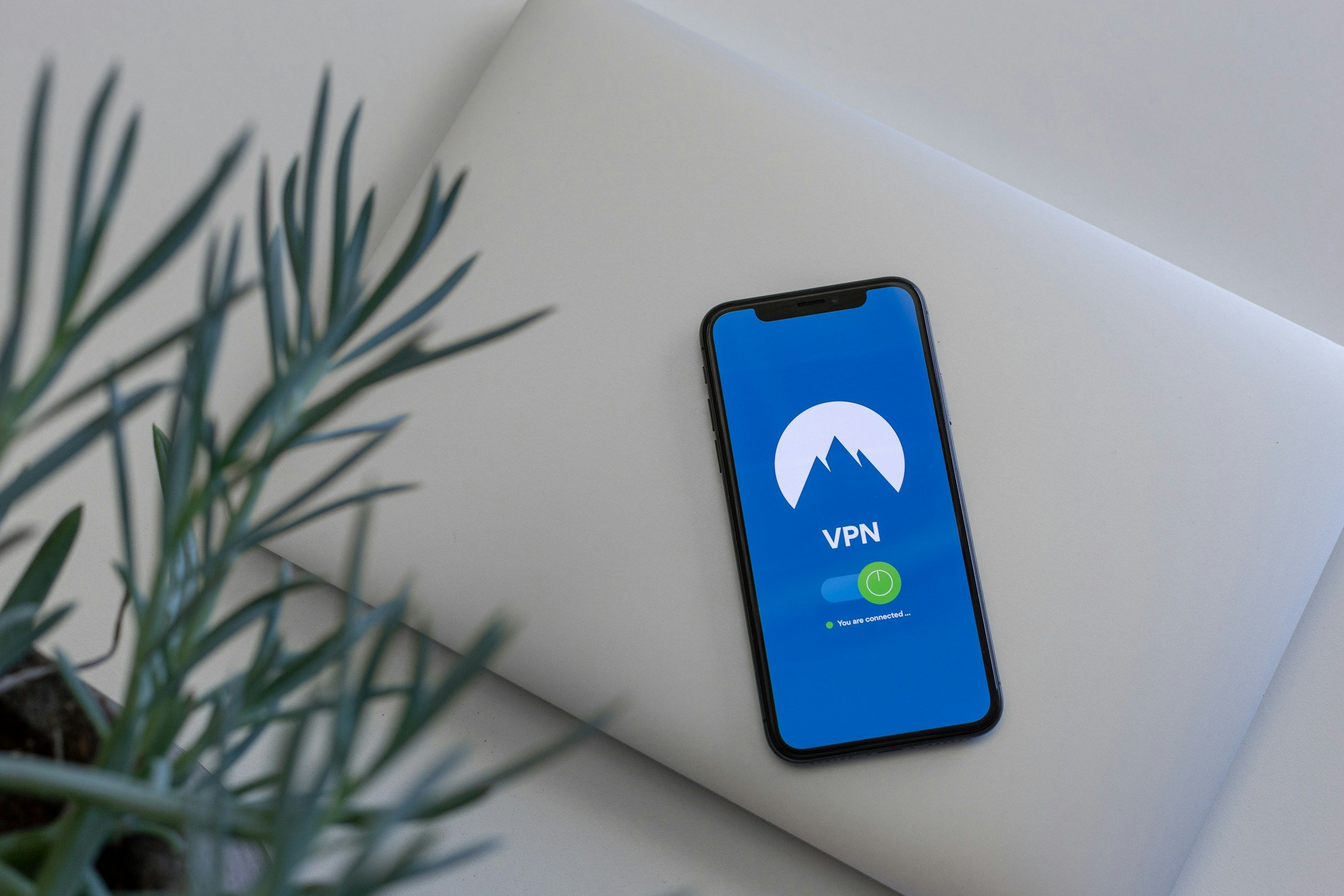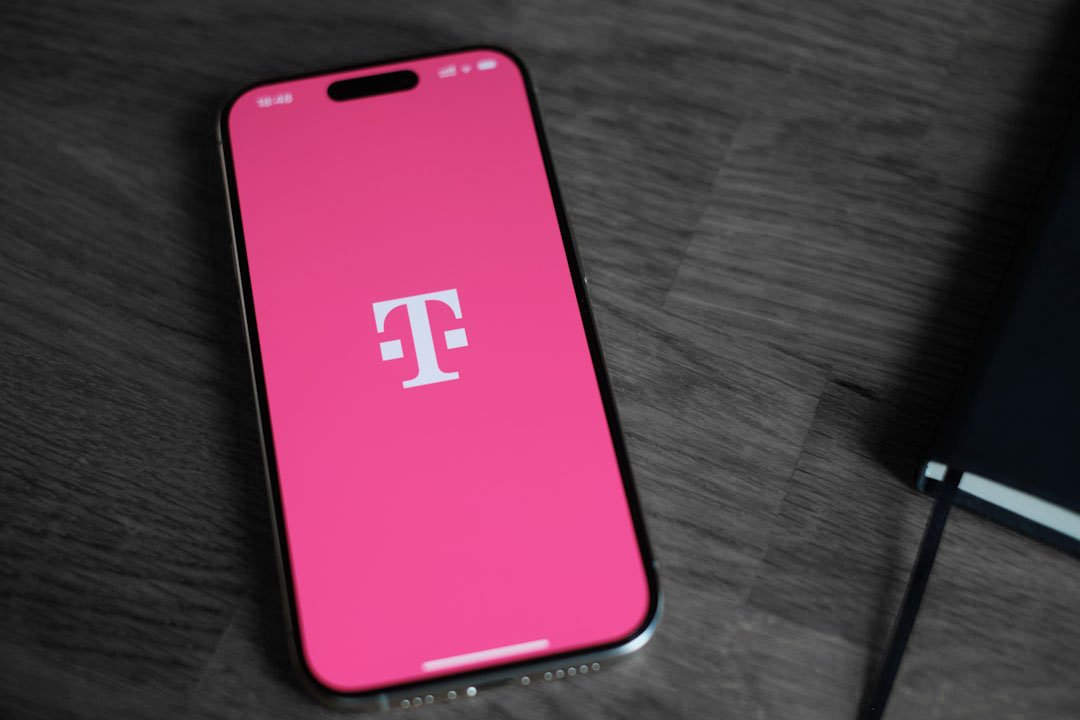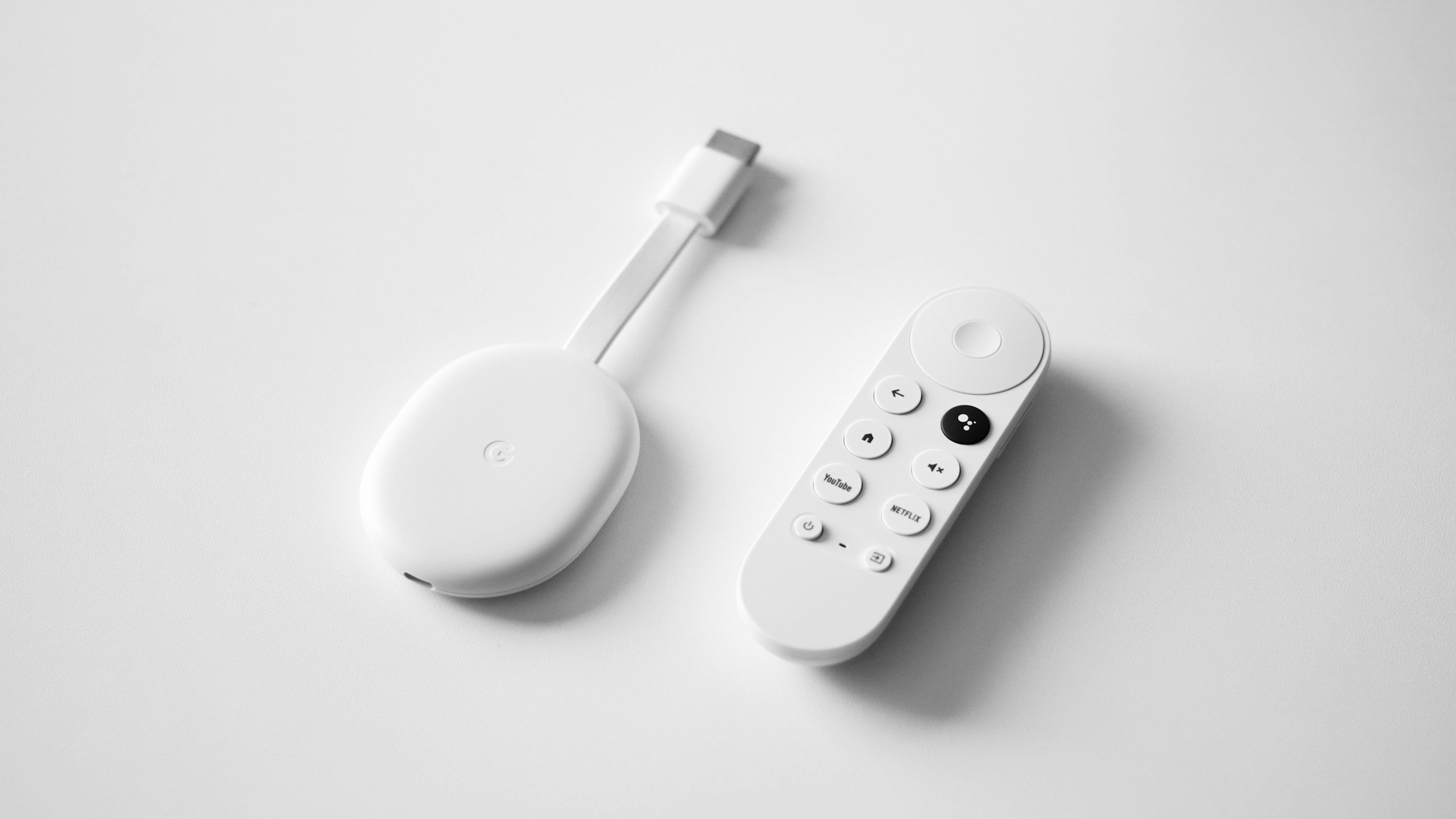Is the Samsung Galaxy S23 Ultra Waterproof? – What You Need to Know
When you purchase through links on my site, I may earn an affiliate commission. Here’s how it works.
Table of Contents Show
In a time when our smartphones are with us for every adventure, whether it's snapping pics in the rain or those oh-no moments when they fall into the sink, how well they can handle water has become a really big deal.
When it comes to the Samsung Galaxy S23 Ultra, many of you have been asking:
Can this phone handle getting wet every now and then throughout its life?
Can it just handle a few splashes, or can it also take a deep dive and come out all good?
You're in the right spot. Let's dive in and see just how much water the Samsung Galaxy S23 Ultra can truly handle.
What Does IP68 Mean?
Alright, let’s break down one of the most thrown-around terms when it comes to smartphone durability: the IP68 rating.
You've probably seen it before – from the Samsung Galaxy S23 Ultra to the latest iPhone 15 Pro.
But what does this rating actually mean for your device, especially when we're talking about something as crucial as water resistance?
Let's start with the basics. "IP" stands for Ingress Protection.
This rating system is designed to specify the level of protection a device offers against various types of foreign intrusion, including dust and moisture.
Think of it as a standardized way to gauge how well your tech can stand up to the elements – without having to take manufacturers at their word alone.
Now, onto the numbers. In an IP68 rating, the first digit – in this case, "6" – indicates the level of protection against solid particles.
A "6" means your device is completely dust-tight. No matter how fine the sand or how dusty your environment, nothing's getting inside to muck up the internals.
For anyone who's ever had a phone die an untimely death due to a beach trip gone wrong, you know how vital this can be.
The second digit "8" in IP68 signifies that the device can not only handle a splash or two but can be submerged in water.
We're talking up to 1.5 meters (about 5 feet) for up to 30 minutes.
But here's where I want to make sure we're clear: while IP68 is the gold standard for electronic devices' water and dust resistance, it doesn't mean your Samsung Galaxy S23 Ultra is invincible.
The real-world implications of these ratings can vary based on factors like temperature, the chemical composition of the water (like saltwater), and even the age of the device, as seals can degrade over time.
The Water Resistance of Samsung Galaxy S23 Ultra
With its IP68 rating, the Samsung Galaxy S23 Ultra promises to be a robust companion for your everyday adventures, rain or shine.
But what does that really mean for you, the user? Let's break it down.
First off, the IP68 rating is pretty much the highest level of water resistance you can find in consumer electronics today.
As we've discussed, this means complete protection against dust ingress and the ability to withstand immersion in water up to 1.5 meters deep for about 30 minutes.
But beyond the specs, how does this translate to real-world usage?
When it comes to rain and accidental splashes, the Galaxy S23 Ultra holds up really well.
Whether you're caught in a downpour or you spill your drink on your phone at dinner, there's no need to panic.
Now, let's talk depth and duration. The "up to 1.5 meters for 30 minutes" part of the IP68 rating is particularly interesting.
This doesn't just mean that if you accidentally drop your phone in a shallow pool or sink, it'll be fine (though it does mean that for the most part).
It also opens up new possibilities for using your phone around water. Fancy some photography in the pouring rain? Go for it. Need to send a text in the shower because you're always on? The Galaxy S23 Ultra has got you covered.
But please remember, just because your phone has an IP68 rating and can handle some water, it doesn't mean you should go wild and dunk it in water whenever you feel like it.
The rating's conditions are quite specific – fresh water, 1.5 meters, 30 minutes.
Salt water, pool chlorine, and hot tubs can all mess with your phone's water resistance after a while.
They tend to loosen the glue that keeps everything sealed, which can eventually lead to damage.
Misconceptions About Waterproof vs. Water-Resistant
Let's clear the air: no smartphone, including the Galaxy S23 Ultra, is truly "waterproof."
The term "waterproof" suggests that a device can be submerged indefinitely without any water penetrating its defenses, under any conditions.
Realistically, that's not the case for consumer electronics today. Instead, what we have are water-resistant devices.
Water-resistance, as indicated by the IP68 rating on the Galaxy S23 Ultra, means the device can withstand water ingress to a certain degree – specifically, up to 1.5 meters of fresh water for up to 30 minutes.
The rating means the device can survive common water-related accidents, like spills, rain, or brief submersions. However, it doesn't mean the phone can be taken swimming or diving without eventual consequences.
So, why is the Galaxy S23 Ultra, like most smartphones today, water-resistant and not totally waterproof?
It's mostly about the tech we have right now and how tricky water can be. The seals and gaskets that keep the insides of a phone safe start to wear out after a while, making them less reliable.
Plus, water pressure is a big deal – the deeper you dive, the more pressure mounts, possibly pushing water right through those defenses.
Also, when they test for water resistance, it's all done in a controlled setup with fresh water.
In real life, though, salt water, chlorinated pools, or soapy bathwater can really wear down those protections.
This shows the big difference between something being "waterproof" and "water-resistant."
Tips and Tricks for Samsung Galaxy S23 Ultra
Let's talk about how to navigate the waters (pun intended) with your Galaxy S23 Ultra.
Tips on How to Deal with Water
The IP68 rating gives your Samsung Galaxy S23 Ultra a strong defense against water ingress, but like any defense, it has its limits.
Here’s how to keep your phone safe:
Avoid prolonged submersion
Even though your phone can handle being underwater for up to 30 minutes at 1.5 meters deep, it's not designed for extended underwater use. Keep those dips short and sweet.
Rinse after exposure
If your Galaxy S23 Ultra does take a plunge, especially in saltwater or chlorinated pools, rinse it off with fresh water afterward. These fluids can often be corrosive and damage the water-resistant seals over time.
Check your ports
Before charging your phone after it's been wet, ensure the USB-C port is completely dry. Water in the port can otherwise lead to short circuits.
Situations Where Your Galaxy S23 Ultra Should Perform Well
Here are a few scenarios where you can count on your device:
Caught in the rain
Getting caught in a downpour isn't an issue. Your phone can handle the rain, so feel free to text, call, or navigate without worry.
Accidental spills
Spilled a drink? No problem. Just wipe your Galaxy S23 Ultra off, and you're good to go.
Photography near water
Want to capture those moments by the pool or on a shallow beach? Go ahead. Your phone's IP68 rating means a little splash won't stop you from getting that perfect shot.
Heads Up on Things That Might Push Your Phone Too Far
Despite its robust design, there are conditions where the Galaxy S23 Ultra's water resistance might be challenged.
Here’s what to watch out for:
High-pressure water jets
Powerful streams of water, like from a faucet on full blast or a pressure washer, can force water past the protective seals.
Extreme depths and long durations
Diving with your phone beyond 1.5 meters, or keeping it submerged longer than 30 minutes, can pressure the seals beyond their tested limits.
Wear and tear
Over time, the seals that protect your phone can degrade. Regular checks and care can extend the life of these seals but be mindful that they won’t last forever.
Underwater photography
Personally, I would not recommend underwater photography sessions without the proper equipment, such as a waterproof case.
Conclusion
So, we've made it to the shore after checking out how well the Samsung Galaxy S23 Ultra can handle water.
We've dug into what the IP68 rating really means.
Basically, it doesn't make the device waterproof, but rather water-resistant, which means it offers a pretty good defense against everyday encounters with water, dust, and sand.
So, it should survive being under 1.5 meters (about 5 feet) of water for up to 30 minutes.
It's wise, however, to view this feature as a safety net rather than an invitation to test fate, particularly when it comes to saltwater or pool water immersion.
If your Galaxy S23 Ultra ends up taking a surprise swim, no worries – it’s made to handle situations just like that.
Now I'd love to hear your own stories – ever had your smartphone survive a dunk or thinking the Galaxy S23 Ultra's water resistance might influence your buying decision? Your experiences and viewpoints really help our community, guiding fellow tech lovers to make smart choices.
Leave a comment below or catch up with me on social platforms.
Don't forget to subscribe to my newsletter to get access to the latest tech insights, in-depth reviews, and some hidden gems you won't want to miss out on.
See you around, and thanks a lot for reading!
FAQ
-
No, the Galaxy S23 Ultra is not completely waterproof.
It is water-resistant with an IP68 rating, meaning it can withstand immersion in up to 1.5 meters of fresh water for up to 30 minutes under specific conditions.
-
While the phone can handle brief submersion in shallow water, it's not recommended for swimming or diving.
The IP68 rating tests are conducted in controlled environments with fresh water, and activities like swimming could expose the device to conditions beyond these parameters.
-
If your Galaxy S23 Ultra gets wet, rinse it with fresh water (especially if exposed to salt or chlorinated water) and dry it thoroughly with a clean, soft cloth.
Also, ensure the USB-C port is completely dry before charging.
-
Saltwater can be corrosive and may damage the water-resistant seals over time.
If your device is exposed to saltwater, rinse it with fresh water as soon as possible and dry it thoroughly.
-
To maintain the water resistance, avoid exposing your phone to high-pressure water jets, rinse it after exposure to harmful liquids, and regularly check for any damage to the device’s body, especially around seals and port covers.
Also, avoid opening the SIM card tray in wet conditions.
-
Yes, the water resistance of your Galaxy S23 Ultra can decrease over time due to normal wear and tear, especially if frequently exposed to harsh conditions.
-
Typically, warranties do not cover water damage, even for devices with water resistance ratings.
It's best to review the warranty terms provided by Samsung or contact their customer service for specific details.
MOST POPULAR
LATEST ARTICLES





